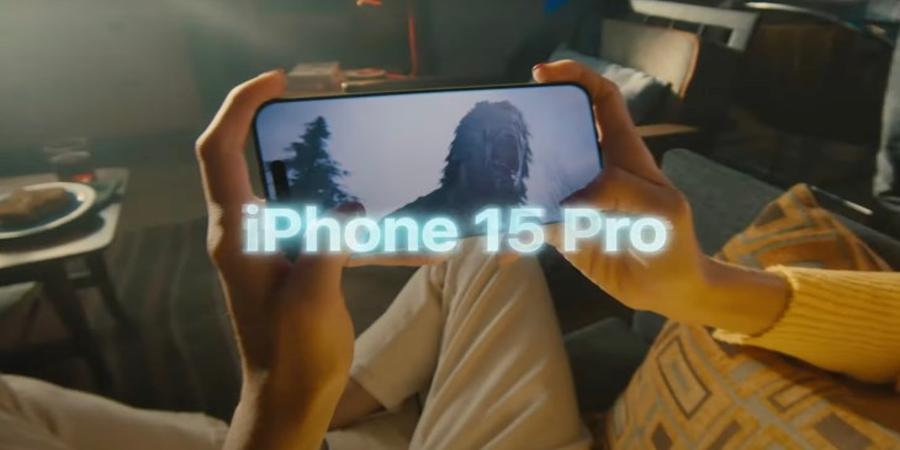Apple spent some time focusing on games during Tuesday’s iPhone 15 launch event, and while we got the usual mobile devs talking about the improved hardware and software capabilities, we also found out that some very recent top-tier console games are coming to the iPhone, including the Resident Evil 4 remake, Resident Evil Village, and Death Stranding. The iPhone’s distinction from dedicated handheld gaming devices like the Steam Deck introduced more recently has been largely academic — and with the 15 Pro, it’s eroding further still.
Apple also announced that Assassin’s Creed Mirage, a forthcoming Ubisoft game from its popular franchise, would also launch on iPhone 15 Pro, and that the device would support hardware-accelerated ray-tracing dynamic lighting effects. This is not a mere continuation of the device’s already impressive existing gaming story. The original iPhone, when it expanded software access to third-party developers, changed gaming so much that the real massive moneymaking industry titans of today are all mobile devs. Despite that, it’s never touched the market occupied by the console makers and PCs, a gaming strata that even the Mac hasn’t really been able to find purchase within, despite multiple tries over the years.
The iPhone has a chance to finally earn Apple a place as a must-target destination for big budget, major studio game releases. The A17 Pro that’s powering the iPhone 15 Pro and Pro Max is at least on par with the kinds of processors that are powering devices like the Steam Deck, Asus ROG Ally, Lenovo Legion Go and many other portable form factor console PCs hitting the market and in development. And paired with devices like the Backbone One USB-C controller, which already announced support for the iPhone 15 immediately following its launch, the iPhone 15 Pro stands poised to make standalone gaming hardware redundant.
There are caveats, and ways in which even with excess technical capability, massive installed user base and some flagship game industry partners, the iPhone’s future as a AAA game console could still fail to happen. iOS as a development target is still a stretch versus Windows (or SteamOS, which actually doesn’t even need to be a distinct target), but Apple is making strides there with compatibility tools, particularly after its WWDC developer event earlier this year.
More of an issue is whether Apple can successfully court and maintain strong relationships with game developers the way that console makers like Sony and Microsoft do. The Apple approach to developer relations has always been quite a bit different from that of game console hardware companies, with a lot less emphasis on relationship building and incentivation to studios for things like exclusives and timed exclusives. Apple has done some of that, however, and made more progress there with the launch of Apple Arcade a few years ago. And it will always have the carrot of access to a massive potential audience — though the Pro focus this year does somewhat limit that versus having the standard, non-Pro iPhone in the mix, too.
The A17 Pro will trickle down the line next year, however, and Apple’s processor progress means it’s very likely that the entry-level iPhone will gain gaming chops at a much faster clip than successive console generations — and than more niche devices like the Steam Deck that aren’t likely to get annual improvements because of the cost-benefit math required to make that happen.
I haven’t even touched on how video out and broad, multimanufacturer-native controller support means the iPhone 15 Pro could theoretically replace not just a handheld AAA console, but a living room one as well. The reasons for it to happen just keep getting more attractive, and more numerous, and the 15 Pro looks like it could be the generation that busts those floodgates and makes “Coming to PS5, Xbox Series X and iPhone” a default in the marquis gaming industry.
Source @TechCrunch



